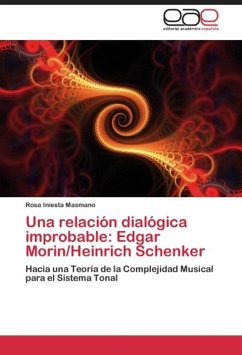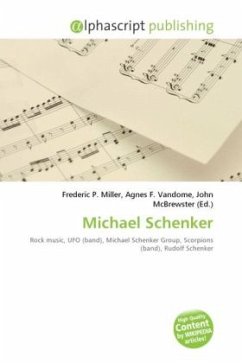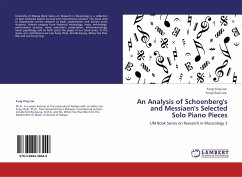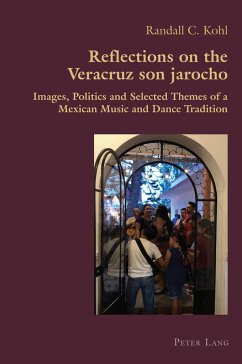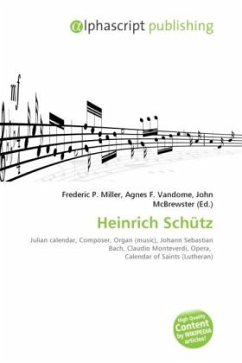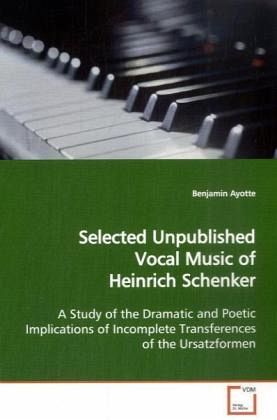
Selected Unpublished Vocal Music of Heinrich Schenker
A Study of the Dramatic and Poetic Implications of Incomplete Transferences of the Ursatzformen
Versandkostenfrei!
Versandfertig in 6-10 Tagen
32,99 €
inkl. MwSt.

PAYBACK Punkte
16 °P sammeln!
Part I of this book will serve as an introduction to Heinrich Schenker as a composer and to the theoretical and philosophical bases of the subsequent analysis by surveying the development of the organic metaphor throughout his writings. It consists of (1) a biographical sketch highlighting experiences and relationships pertinent to his development as a composer; (2) an overview of his compositions; (3) an examination of contemporaneous critical reaction based on archival research; and (4) an account of the genesis of the concepts of monotonality and the organic metaphor through histheoretical ...
Part I of this book will serve as an introduction to
Heinrich Schenker as a composer and to the
theoretical and philosophical bases of the
subsequent analysis by surveying the development of
the organic metaphor throughout his writings. It
consists of (1) a biographical sketch highlighting
experiences and relationships pertinent to his
development as a composer; (2) an overview of his
compositions; (3) an examination of contemporaneous
critical reaction based on archival research; and
(4) an account of the genesis of the concepts of
monotonality and the organic metaphor through his
theoretical work illustrated by examples from the
standard repertoire. Part II, the analytical
component, consists of (1) a presentation of the
main compositional techniques to be discussed,
namely incomplete transferences of the Ursatzformen
and hidden motivic repetition, as found in
Schenker s writings and illustrated by examples
drawn from both the standard repertoire and
Schenker s own works; and (2) demonstrations, via
analytical commentary and graphic analyses, that
several of Schenker s unpublished vocal works show
his dramatic and poetic use of auxiliary cadence
rogressions.
Heinrich Schenker as a composer and to the
theoretical and philosophical bases of the
subsequent analysis by surveying the development of
the organic metaphor throughout his writings. It
consists of (1) a biographical sketch highlighting
experiences and relationships pertinent to his
development as a composer; (2) an overview of his
compositions; (3) an examination of contemporaneous
critical reaction based on archival research; and
(4) an account of the genesis of the concepts of
monotonality and the organic metaphor through his
theoretical work illustrated by examples from the
standard repertoire. Part II, the analytical
component, consists of (1) a presentation of the
main compositional techniques to be discussed,
namely incomplete transferences of the Ursatzformen
and hidden motivic repetition, as found in
Schenker s writings and illustrated by examples
drawn from both the standard repertoire and
Schenker s own works; and (2) demonstrations, via
analytical commentary and graphic analyses, that
several of Schenker s unpublished vocal works show
his dramatic and poetic use of auxiliary cadence
rogressions.



